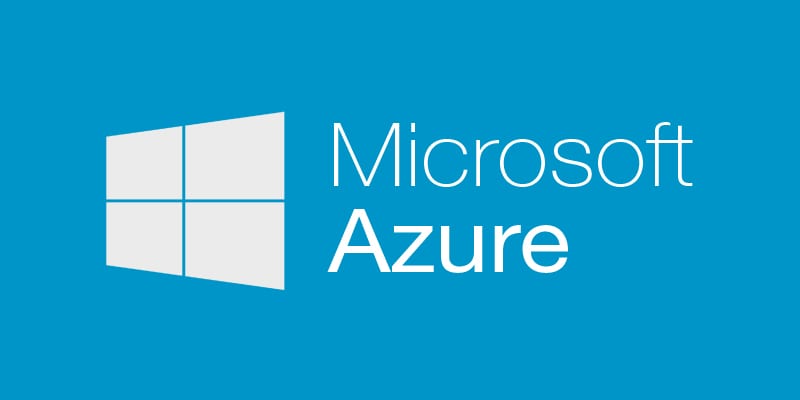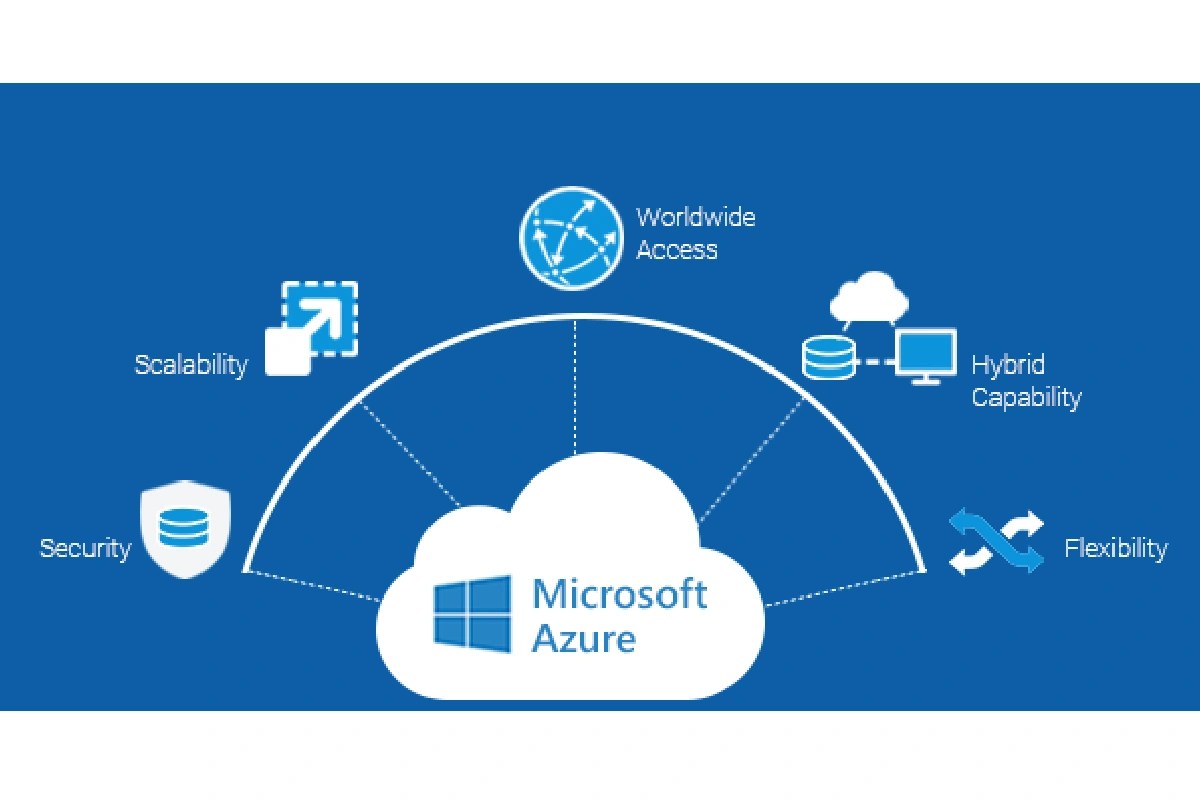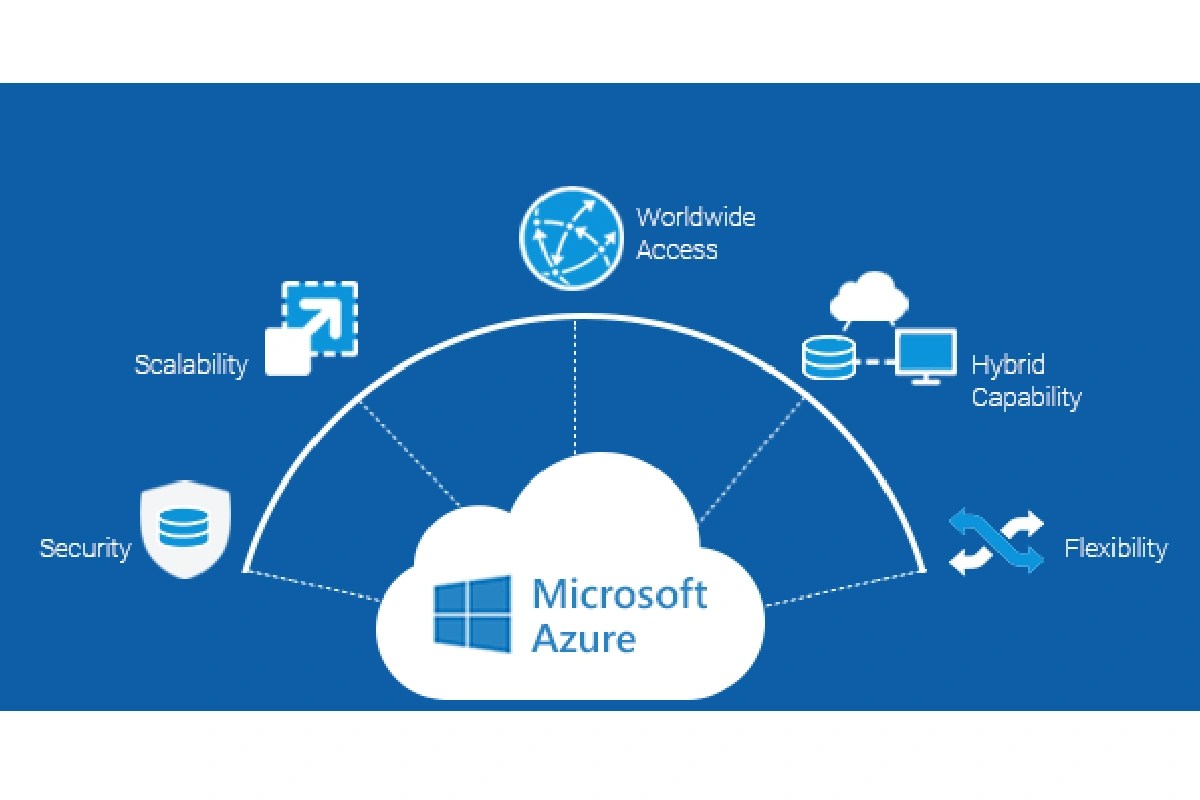Azure App Service: 7 Powerful Benefits You Can’t Ignore
Looking to deploy web apps faster, scale effortlessly, and reduce infrastructure headaches? Azure App Service might be your ultimate cloud solution. It’s more than just hosting—it’s a full-featured platform designed for developers who want agility without sacrificing security or performance.
What Is Azure App Service and Why It Matters

Azure App Service is Microsoft’s fully managed platform-as-a-service (PaaS) offering that enables developers to build, deploy, and scale web apps and APIs with ease. Whether you’re running a simple website or a complex enterprise application, Azure App Service abstracts away the underlying infrastructure, letting you focus on code rather than servers.
Core Definition and Platform Role
At its heart, Azure App Service is a cloud environment where applications run without requiring manual server management. It supports multiple languages and frameworks—including .NET, Java, Node.js, Python, and PHP—making it a versatile choice for diverse development teams. By handling OS patching, load balancing, and scaling automatically, it reduces operational overhead significantly.
- Runs on Windows or Linux environments
- Supports containers and custom runtimes
- Integrates natively with Azure DevOps and GitHub
This flexibility makes it ideal for both traditional web apps and modern microservices architectures. You can deploy apps directly from source control, enabling continuous integration and delivery (CI/CD) pipelines with minimal setup.
How It Fits Into the Microsoft Azure Ecosystem
Azure App Service doesn’t operate in isolation. It’s deeply integrated with other Azure services like Azure Active Directory for authentication, Azure Monitor for logging and performance tracking, and Azure Key Vault for secure credential storage. This interconnectedness enhances security, observability, and automation across your cloud environment.
“Azure App Service allows developers to innovate faster by removing the burden of infrastructure management.” — Microsoft Azure Documentation
For example, when paired with Azure Functions or Logic Apps, App Service becomes part of a broader serverless or workflow-driven architecture. Its ability to integrate with Azure API Management also makes it a go-to choice for exposing backend services securely to external consumers.
Key Features That Make Azure App Service Stand Out
Azure App Service isn’t just another hosting platform. It comes packed with enterprise-grade features that empower developers and IT teams alike. From automatic scaling to built-in security, these capabilities make it a top contender in the PaaS space.
Automatic Scaling and High Availability
One of the standout features of Azure App Service is its ability to scale applications automatically based on demand. You can configure rules to scale out (add more instances) during traffic spikes or scale in when usage drops, optimizing cost and performance.
- Scale based on CPU, memory, or custom metrics
- Supports scheduled scaling (e.g., increase capacity during business hours)
- Auto-healing: automatically restarts unhealthy instances
High availability is built-in, with redundancy across multiple data centers. This ensures your app remains accessible even during hardware failures or regional outages, especially when combined with Azure Traffic Manager or Front Door for global load balancing.
Built-in Security and Compliance Tools
Security is a top priority in Azure App Service. It offers features like HTTPS enforcement, private endpoint connections, and integration with Azure AD for single sign-on (SSO). Additionally, App Service supports Managed Identities, which allow your apps to access other Azure resources without storing credentials in code.
The platform is compliant with major standards such as GDPR, HIPAA, ISO 27001, and SOC 2, making it suitable for regulated industries. You can also enable App Service Authentication (Easy Auth), which simplifies user authentication using social logins or enterprise identity providers.
Learn more about security best practices in Azure App Service: Microsoft Azure Security Guide
Deployment Flexibility Across Platforms and Frameworks
One of the biggest advantages of Azure App Service is its support for a wide range of development stacks. Whether you’re working with legacy systems or cutting-edge frameworks, there’s likely a deployment option that fits your needs.
Multi-Language and Framework Support
Azure App Service supports nearly every major web development language out of the box. This includes:
- .NET and .NET Core
- Java (Tomcat, JBoss)
- Node.js
- Python (Django, Flask)
- PHP
- Go
Each runtime is pre-configured and updated regularly by Microsoft, so you don’t have to worry about maintaining outdated versions. You can also bring your own container if you need a custom runtime or specific dependencies.
For example, a Python Flask app can be deployed directly from a GitHub repository with just a few clicks, while a .NET Core API can be published using Visual Studio or Azure CLI. This broad support lowers the barrier to entry for teams using different tech stacks.
Containerization and Custom Runtimes
If the default runtimes don’t meet your needs, Azure App Service allows you to deploy apps in Docker containers. This gives you full control over the environment, including OS, libraries, and startup scripts.
You can host both Linux and Windows containers, and even run multi-container applications using Docker Compose. This is particularly useful for microservices where different components require different environments.
For instance, you could run a Node.js frontend and a Python backend in separate containers within the same App Service plan, communicating via internal networking. This level of flexibility is rare in managed platforms and positions Azure App Service as a hybrid between PaaS and container orchestration.
Explore container deployment options: Azure App Service Container Guide
Scaling Strategies in Azure App Service
Scaling is a critical aspect of any production-grade application. Azure App Service provides multiple ways to scale your apps—both manually and automatically—ensuring optimal performance under varying loads.
Vertical vs. Horizontal Scaling Options
Vertical scaling (scaling up) involves increasing the resources (CPU, RAM) of your App Service plan. This is useful when your app is constrained by memory or processing power. However, it has limits based on the pricing tier (e.g., Basic, Standard, Premium).
Horizontal scaling (scaling out), on the other hand, adds more instances of your app to distribute the load. This is ideal for handling high traffic and improving fault tolerance. Azure App Service supports up to 30 instances per plan (more with special configurations).
- Vertical scaling: Change App Service plan tier (e.g., from S1 to P3V3)
- Horizontal scaling: Increase instance count manually or via autoscale rules
- Best practice: Use horizontal scaling for availability and vertical for performance
Choosing the right strategy depends on your app’s architecture. CPU-intensive apps may benefit from vertical scaling, while I/O-bound or stateless apps perform better with horizontal scaling.
Autoscaling Based on Metrics and Schedules
Azure App Service allows you to set up autoscaling rules based on various metrics such as CPU usage, memory consumption, or HTTP queue length. You can also trigger scaling based on a schedule—for example, increasing capacity during business hours and reducing it at night.
Autoscale rules can be configured through the Azure portal, CLI, or ARM templates. For example, you might set a rule to add two instances when CPU exceeds 70% for five minutes, and remove them when it drops below 30%.
This dynamic approach ensures cost efficiency while maintaining performance. It’s especially valuable for apps with unpredictable traffic patterns, such as e-commerce sites during holiday seasons or event-driven platforms.
“Autoscaling in Azure App Service helps maintain consistent performance without over-provisioning resources.” — Azure Best Practices Guide
Integration with DevOps and CI/CD Pipelines
In modern software development, deployment speed and reliability are crucial. Azure App Service integrates seamlessly with DevOps tools, enabling automated builds, tests, and deployments—key components of CI/CD.
Connecting to GitHub, Azure DevOps, and Bitbucket
Azure App Service supports direct integration with popular source control platforms. You can link your GitHub, Azure DevOps, or Bitbucket repository and enable continuous deployment. Every time you push code to a specified branch, Azure automatically builds and deploys the latest version.
- GitHub Actions: Trigger deployments via workflows
- Azure Pipelines: Use YAML-based CI/CD pipelines
- Bitbucket: Deploy via webhooks
This integration reduces manual errors and accelerates release cycles. For example, a developer can push a fix to the main branch, and within minutes, the updated app is live in production—all without human intervention.
Additionally, deployment slots allow you to run multiple versions of your app (e.g., staging and production) and swap them with zero downtime. This is essential for blue-green deployments and A/B testing.
Using Deployment Slots for Zero-Downtime Releases
Deployment slots are isolated environments within the same App Service plan. You can have a production slot and one or more staging slots (e.g., dev, test, staging).
When you deploy to a staging slot, it runs independently and can be tested thoroughly. Once verified, you can swap it with the production slot—this swap is nearly instantaneous and doesn’t cause downtime.
Swap operations also support slot-specific settings (like connection strings) and can be automated via scripts or pipelines. This feature is a game-changer for organizations that require high availability and rigorous testing before release.
Learn how to set up deployment slots: Azure Deployment Slots Documentation
Monitoring, Diagnostics, and Performance Optimization
Even the best-deployed app can suffer from performance issues if not monitored properly. Azure App Service provides robust tools for tracking app health, diagnosing problems, and optimizing performance.
Leveraging Azure Monitor and Application Insights
Azure Monitor collects logs, metrics, and traces from your App Service apps. When combined with Application Insights (part of Azure Monitor), it provides deep visibility into application performance, including request rates, response times, and failure rates.
- Track custom events and exceptions
- Set up alerts for anomalies (e.g., high error rate)
- Visualize performance with dashboards
For example, if your app suddenly starts returning 500 errors, Application Insights can help you trace the root cause—whether it’s a failing database query or a third-party API timeout.
You can also use Live Metrics Stream to monitor real-time telemetry, which is invaluable during deployments or traffic surges.
Using Log Streaming and Failed Request Tracing
When troubleshooting, real-time log streaming is a powerful tool. Azure App Service allows you to stream application logs (stdout, stderr), web server logs, and deployment logs directly to your terminal or the Azure portal.
Failed Request Tracing captures detailed information about HTTP requests that result in errors. This includes headers, response codes, and execution steps, helping you pinpoint where a request failed.
These diagnostics can be enabled with a few clicks in the portal or via ARM templates. They are especially useful for debugging issues that only occur in production.
“Proactive monitoring reduces mean time to resolution (MTTR) by up to 60%.” — Microsoft Azure Observability Report
Pricing, Tiers, and Cost Management
Understanding Azure App Service pricing is essential for budgeting and optimizing cloud spend. The platform offers multiple pricing tiers, each with different capabilities and costs.
Free, Shared, and Dedicated Tiers Explained
Azure App Service provides several pricing tiers:
- Free (F1): Limited resources, shared infrastructure, no custom domains
- Shared (D1): Slightly better performance, still shared, supports custom domains
- Basic (B1-B3): Dedicated VMs, basic scaling, suitable for dev/test
- Standard (S1-S3): Production-ready, auto-scaling, SSL support
- Premium (P1V2-P3V3): High performance, VNET integration, enhanced autoscale
- Isolated (I1V2-I3V2): Premium VNET, maximum security and performance
The Free and Shared tiers are great for learning or small personal projects, but not recommended for production. The Standard tier is the most common choice for production workloads due to its balance of cost and features.
Cost Optimization Tips and Best Practices
To manage costs effectively:
- Use autoscaling to avoid over-provisioning
- Shut down non-production apps during off-hours
- Choose the right instance size—don’t overpay for unused resources
- Monitor usage with Azure Cost Management
You can also reserve instances for up to 68% discount compared to pay-as-you-go pricing. This is ideal for predictable workloads that run continuously.
Additionally, consider using Azure Hybrid Benefit if you have existing Windows Server or SQL Server licenses—it can reduce costs significantly.
Compare pricing tiers: Azure App Service Pricing Page
What is Azure App Service?
Azure App Service is a fully managed platform-as-a-service (PaaS) by Microsoft that allows developers to build, deploy, and scale web apps and APIs in the programming language of their choice, with built-in support for .NET, Java, Node.js, Python, PHP, and containers.
How does Azure App Service support CI/CD?
Azure App Service integrates with GitHub, Azure DevOps, and Bitbucket to enable continuous integration and deployment. You can automate builds and deployments using pipelines, and use deployment slots for zero-downtime releases and A/B testing.
Can I run Docker containers in Azure App Service?
Yes, Azure App Service supports both single and multi-container applications using Docker. You can deploy custom images from Azure Container Registry, Docker Hub, or private registries, and run them on Linux or Windows containers.
What are deployment slots in Azure App Service?
Deployment slots are isolated runtime environments within the same App Service plan. They allow you to deploy different versions of your app (e.g., staging and production) and swap them with zero downtime, enabling safe testing and gradual rollouts.
How does autoscaling work in Azure App Service?
Autoscaling in Azure App Service allows you to automatically increase or decrease the number of instances based on metrics like CPU, memory, or request rates. You can also schedule scaling actions (e.g., scale up during business hours) to optimize performance and cost.
In summary, Azure App Service is a powerful, flexible, and secure platform that simplifies web application development and deployment. From multi-language support and containerization to seamless DevOps integration and advanced monitoring, it offers everything modern development teams need to deliver high-quality applications at scale. Whether you’re a startup or an enterprise, leveraging Azure App Service can accelerate your cloud journey while reducing operational complexity and cost.
Recommended for you 👇
Further Reading:









